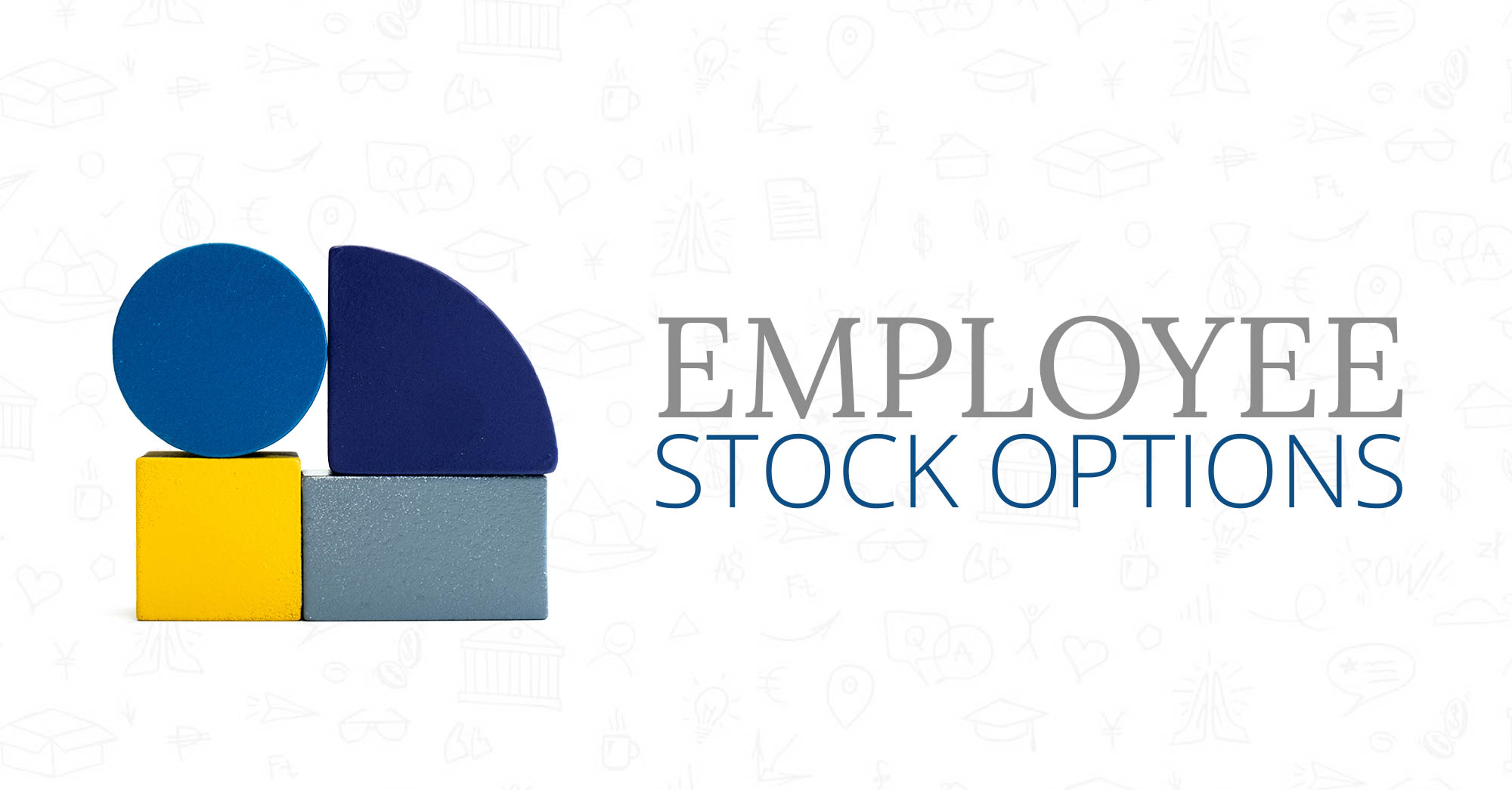Passing the torch is a difficult, sometimes emotional, step to consider. You might be nearing retirement, or just looking to sell your business.
But your business is your monument – you put a lot of hard work and sacrifice into making it the institution that it now is. How can you be sure the new owners will continue that legacy? If they don’t have the same ethos or the same principles – your name might be attached to something that is no longer making choices that you agree with. Not to mention, your employees. There’s always a chance that new owners might make some room for their own hires.
But what if there was another option? What if you could sell your business, but ensure that the new owners had the same motivation as you, had the same ethos and principles, and were committed to your employees?
What if the new owners were your employees?
It’s called employee ownership, and it’s a great chance for owners who are considering selling their business to ensure a smooth transition and a long-lasting legacy. (According to the 2010 General Social Survey, companies with employee ownership perform better in times of economic downturn.)
Here’s how it works.
Why employee ownership?
The Silver Tsunami is a term that economists are throwing around more and more these days, in increasing alarm. The baby boomers are headed for retirement, and they’re selling their businesses.
For you, this means the market is flooded with businesses for sale. To put it mildly, it’s not a seller’s market. You might be hard-pressed to find a motivated buyer.
This is where your employees come in. Who could be more motivated a buyer than your own employees? Not only do they get to keep their jobs, but they have control over the direction of the company, and the financial rewards that come with success.
How does it work?
It’s important to clarify, right from the start, that your employees would not be running the company. In employee ownership, the management structure stays largely unchanged. The real transformation is to employee participation – shareholding employees elect the board of directors, for example.
Financing
At this point, you might be wondering how your employees are going to pay for the company. After all, the point of selling your business in the first place was to pay for your retirement or the next phase of your life. And your employees probably don’t have the resources to raise that amount of capital.
There are a few options available. Depending on the type of plan you are setting up, and the financial history and forecast of your company, your employees can finance the plan in a variety of ways.
One is through your cooperation. You can sell the company at a price below the fair value – depending on the jurisdiction and the structure, there can be significant tax advantages to make up for the smaller price. Or, you can receive your payment in installments over time.
But maybe these don’t work for you. There are still plenty of options. For example, if the plan involves establishing a trust, then the trust might be able to borrow from a bank.
However your employee buyout is financed, it’s important that you give yourself plenty of time. That’s because it takes a lot of…
Planning
You need to involve your employees in the planning – after all, they need to understand exactly what is happening. Clear communications and regular updates are vital to ensuring that your employees remain excited by the change – not anxious.
Besides, they need to get comfortable taking part in company decisions. It’s best to get them involved as early as possible.
The earlier you start planning, the more options you have in general. With a long-term transition, you have more financing options and you can plan for every scenario – ensuring a smooth transition.
Managing your employee ownership
Employee ownership can dramatically strengthen your business and provide you with a way to retire knowing that your legacy will remain intact. However, the employees need a way of managing their ownership – their shares. They need to see how much they’re awarded, when the awards vest, how much the shares are worth, etc. They need to view all this information at a glance, quickly getting accurate information.
Not only that but there is a lot of work that goes into share ownership management – coordination between departments, reporting, compliance, and more. It’s possible to do this all on your own if you give yourself enough planning time. It’s hard work, but it’s possible.
Or, you can get the help of an expert. Global Shares provides award-winning equity compensation plan management. From software and administration to compliance and reporting – we can help your employees take full advantage of employee ownership.
To read more about Employee Ownership and how we can help you, please click here.
Contact us today to find out how we can help your transition into employee ownership.
Please Note: This publication contains general information only and Global Shares is not, through this article, issuing any advice, be it legal, financial, tax-related, business-related, professional or other. The Global Shares Academy is not a substitute for professional advice and should not be used as such. Global Shares does not assume any liability for reliance on the information provided herein.








